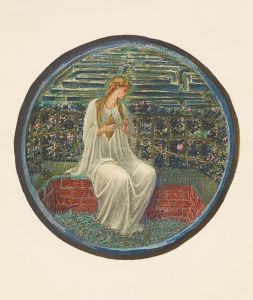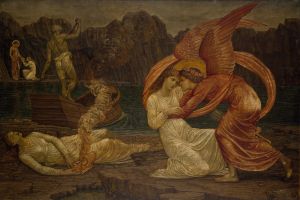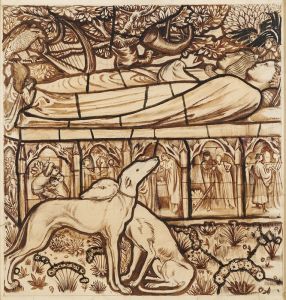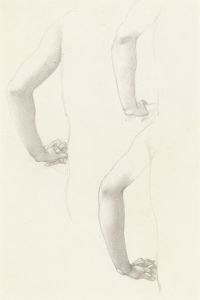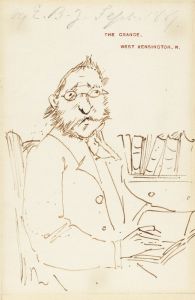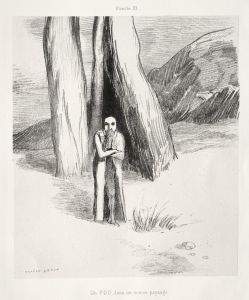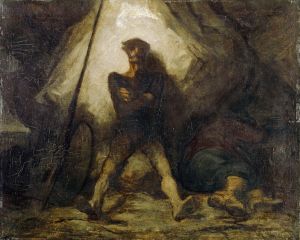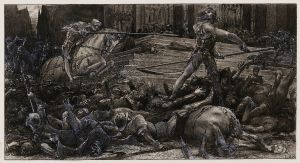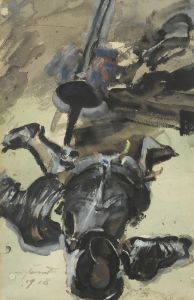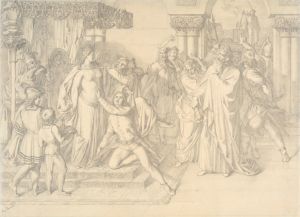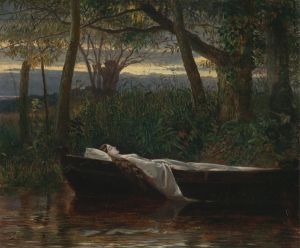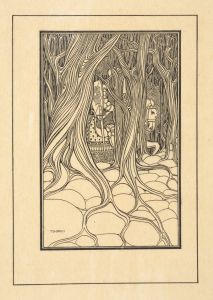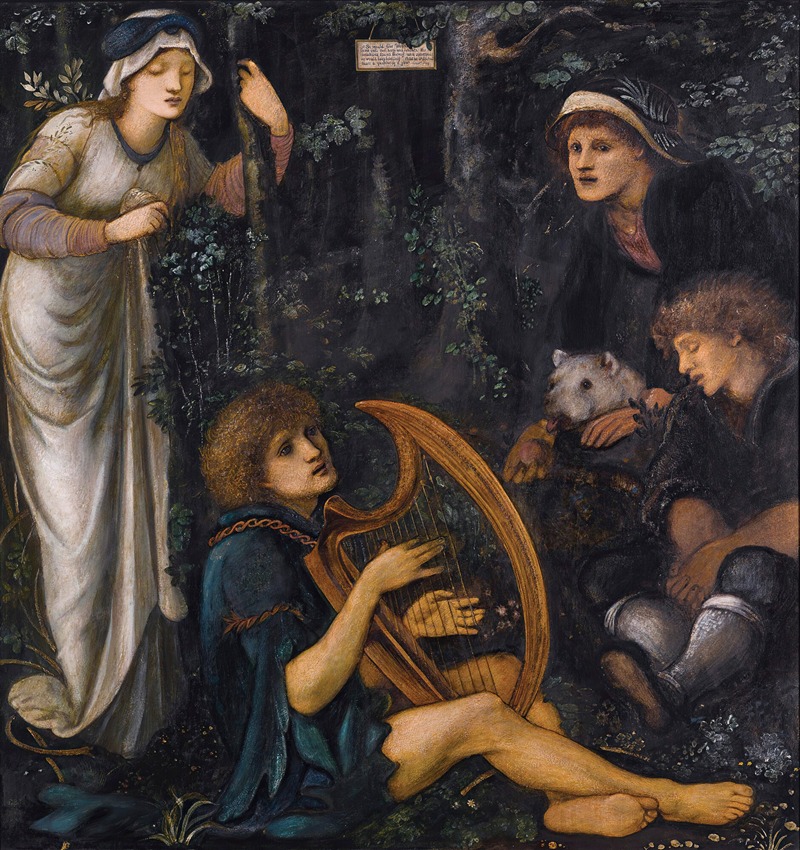
The Madness of Sir Tristram
A hand-painted replica of Sir Edward Coley Burne-Jones’s masterpiece The Madness of Sir Tristram, meticulously crafted by professional artists to capture the true essence of the original. Each piece is created with museum-quality canvas and rare mineral pigments, carefully painted by experienced artists with delicate brushstrokes and rich, layered colors to perfectly recreate the texture of the original artwork. Unlike machine-printed reproductions, this hand-painted version brings the painting to life, infused with the artist’s emotions and skill in every stroke. Whether for personal collection or home decoration, it instantly elevates the artistic atmosphere of any space.
"The Madness of Sir Tristram" is a painting by the British artist Sir Edward Coley Burne-Jones, a prominent figure of the Pre-Raphaelite Brotherhood and later the Aesthetic Movement. The artwork is part of Burne-Jones's exploration of Arthurian legends, a recurring theme in his oeuvre, which drew inspiration from medieval literature and romantic ideals.
The painting depicts a scene from the tragic love story of Sir Tristram (or Tristan) and Iseult (or Isolde), a narrative rooted in Arthurian mythology and medieval romance. In this particular episode, Sir Tristram succumbs to madness due to his unfulfilled love for Iseult. The emotional intensity of the subject matter is characteristic of Burne-Jones's work, which often sought to evoke deep feelings and explore themes of love, loss, and human frailty.
Burne-Jones's style is marked by elongated figures, intricate details, and a dreamlike quality, all of which are evident in "The Madness of Sir Tristram." His use of muted tones and a subdued color palette enhances the melancholic atmosphere of the painting. The composition reflects his meticulous attention to detail and his ability to convey narrative through visual elements. The figures are rendered with a sense of grace and otherworldliness, aligning with the artist's fascination with myth and legend.
The exact date of the painting's creation is not definitively documented, but it is consistent with Burne-Jones's broader body of work, which flourished in the late 19th century. The artist frequently revisited Arthurian themes throughout his career, often drawing from sources such as Sir Thomas Malory's "Le Morte d'Arthur" and Alfred, Lord Tennyson's "Idylls of the King."
As with many of Burne-Jones's works, "The Madness of Sir Tristram" reflects the influence of the Pre-Raphaelite Brotherhood's ideals, including a rejection of industrialization and a return to the craftsmanship and aesthetic principles of the medieval period. The painting also demonstrates Burne-Jones's collaboration with other members of the Pre-Raphaelite circle, including his close association with William Morris, whose designs and philosophies often intersected with Burne-Jones's artistic vision.
The current location of "The Madness of Sir Tristram" is not widely documented, and it is unclear whether the painting is held in a public collection or remains in private hands. Burne-Jones's works, however, are represented in major museums and galleries worldwide, including the Tate Britain and the Birmingham Museum and Art Gallery.
This painting exemplifies Burne-Jones's ability to merge narrative, emotion, and aesthetic beauty, solidifying his reputation as one of the leading artists of the late Victorian period.





